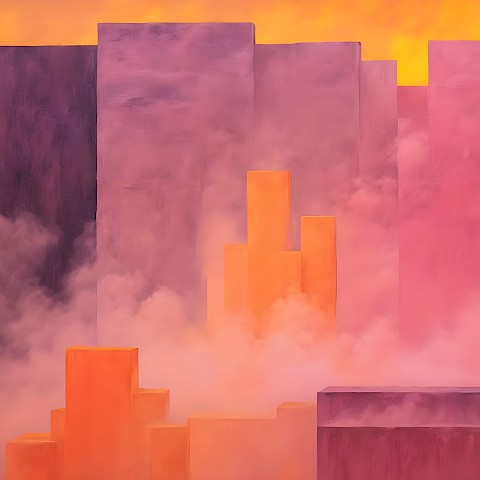|
05 IX 2025 |
14. Exhibited Oil Paintings 1830-50
523 - Light and Colour (Goethe’s Theory) - The Morning after the Deluge - Moses writing the Book of Genesis | |

| ||
|
The two pictures were exhibited in 1843 with two sets of verse attributed to the Fallacies of Hope: The moon put forth her sign of woe unheeded; But disobedience slept; the dark'ning Deluge closed around, And the last token came: the giant framework floated, The roused birds forsook their nightly shelters screaming, And the beasts waded to the ark. and The Ark stood firm on Ararat; th' returning sun Exhaled earth's humid bubbles, and emulous of light, Reflected her lost forms, each in prismatic guise Hope's harbinger, ephemeral as the summer fly Which rises, flits, expands, and dies. The allusion to Goethe's Farbenlehre, of which Turner owned and annotated an English translation (No.B120), parallels his allusion to Du Fresnoy in 'Watteau Painting' twelve years earlier (No.334). It refers to Goethe's theory of a colour-circle divided into 'plus' and 'minus' colours: the former, reds, yellows and greens, were associated by Goethe with gaiety, warmth and happiness, while the latter, blues, blue-greens and purples, were seen as productive of restless, susceptible, anxious impressions'. But the verses given to 'Light and Colour', which demonstrates the 'plus' colours, make it as pessimistic as 'Shade and Darkness'. Turner translated the rainbow of the Covenant into scientifically induced prismatic bubbles, each one an ephemeral harbinger of hope, born to die. In addition the Biblical concordance between Noah's Covenant and that of Moses, which is expressed by the strange conceit of showing Moses writing the Book of Genesis apparently on the Tables of the Law, with the Brazen Serpent, foreshadowing the Crucifixion, before him, must be seen in the light of Turner's constant use of the serpent as a symbol of evil (see Gage 1969, pp. 185-7, for a fuller development of this theory). The critics were universal in their condemnation of these pictures, though the Spectator for 13 May 1843 found them intelligible as illustrations 'of Goethe's Theory of Light and Colour ... but further we cannot follow the painter. There may be some sublime meaning in all this ... but ... we see in these two octagonshaped daubs only two brilliant problems - chromatic harmonies of cool and warm colours'. The Athenaeum for 17 June as usual regretted 'Mr. Turner's flagrant abuse of his genius' but admitted that 'there is a poetical idea dimly descried through the prismatic chaos, which arrests the attention and excites the fancy'. An image generated by an AI Machine Learning Model Property of the artist. | ||
